Best instant camera

These days it's easier than ever to snap dozens of high-quality photos every minute with your smartphone, but there's still something magical and unique about an instant print. So we're here to help you choose the best instant camera for parties, holidays and keepsakes.
The unique colors, the distinct shapes, the instant lo-fi charm – even the misfires and the over exposures have something about them that just screams "style". Plus, as we've said many times, there's simply no substitute for having physical prints of your images. Digital files can get lost, overwritten or corrupted, but a well cared-for print will last a lifetime and beyond.
Where once film was feared to be dead, it feels like instant cameras have never been more omnipresent. However, with so many on the market – from the wildly popular Instax offerings to the resurrected (and still refreshingly retro) Polaroid Originals and more – you might be wondering which one is right for you.
We've tested a whole range, from straightforward shooters to Bluetooth-beaming hybrids, some of which are also among the best cheap cameras around (but not always – there is a Leica on the list!). So here’s our pick of the best instant cameras you can buy in 2019 – and don't forget to pick up the right instant film, too!
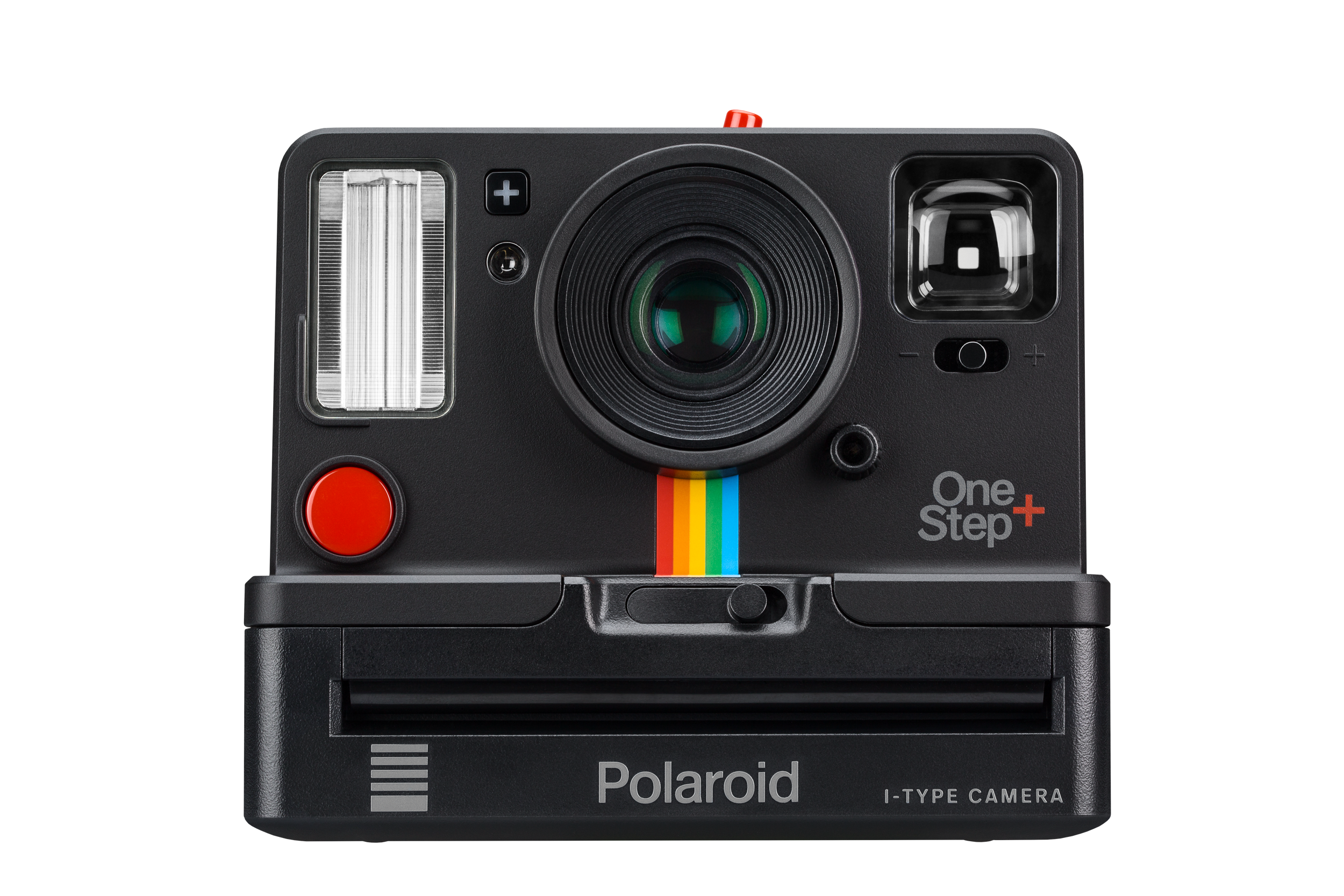
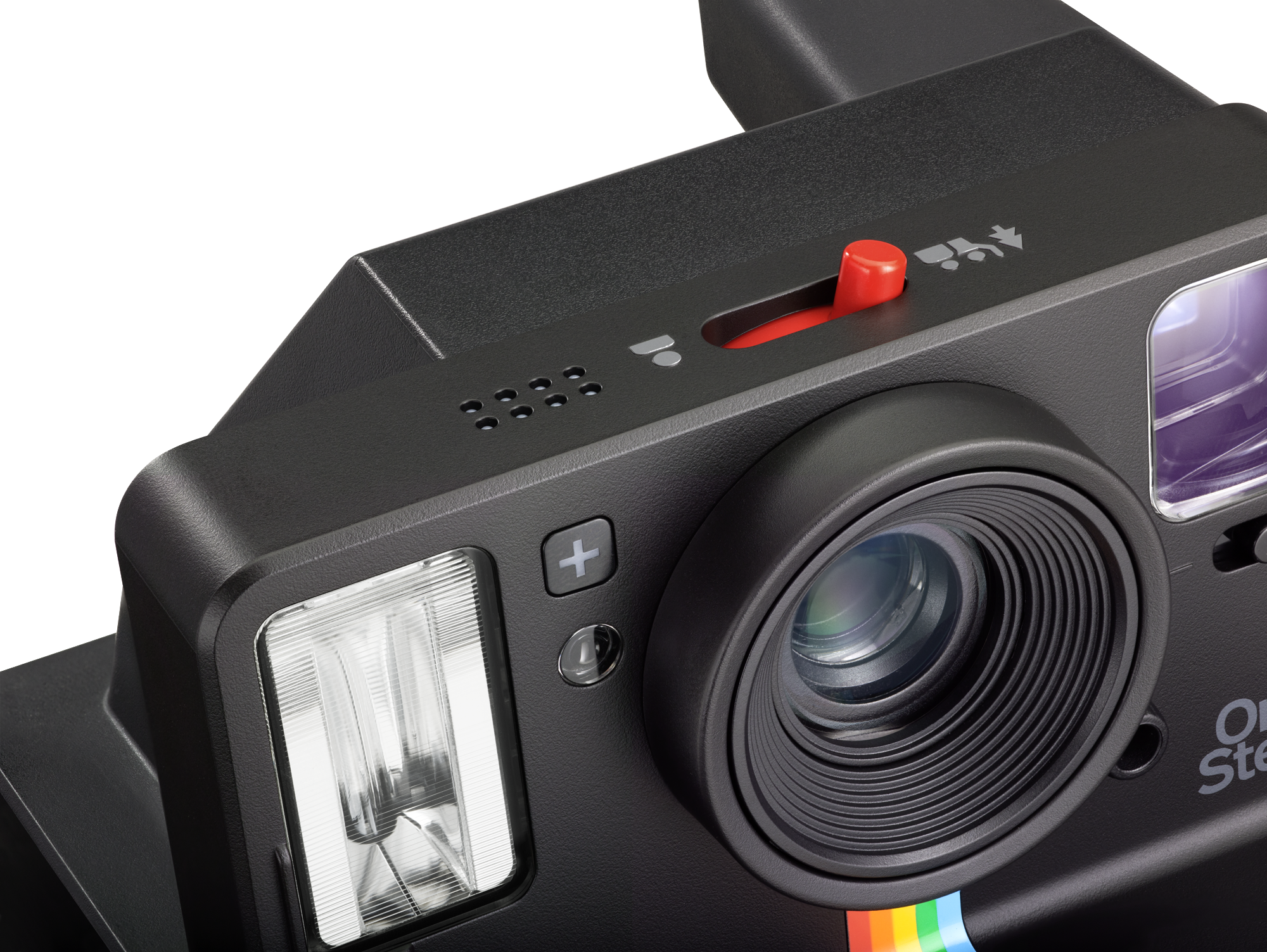
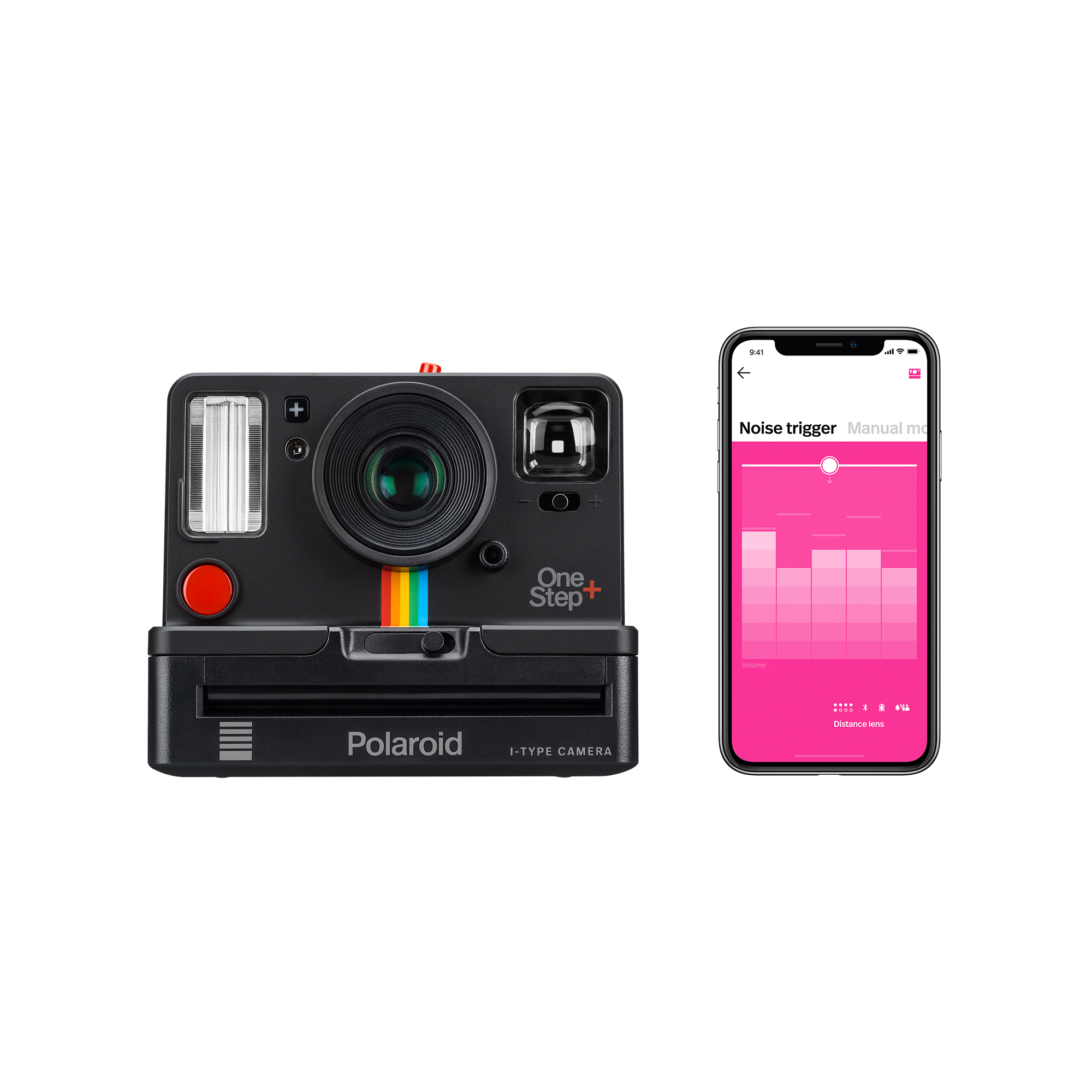

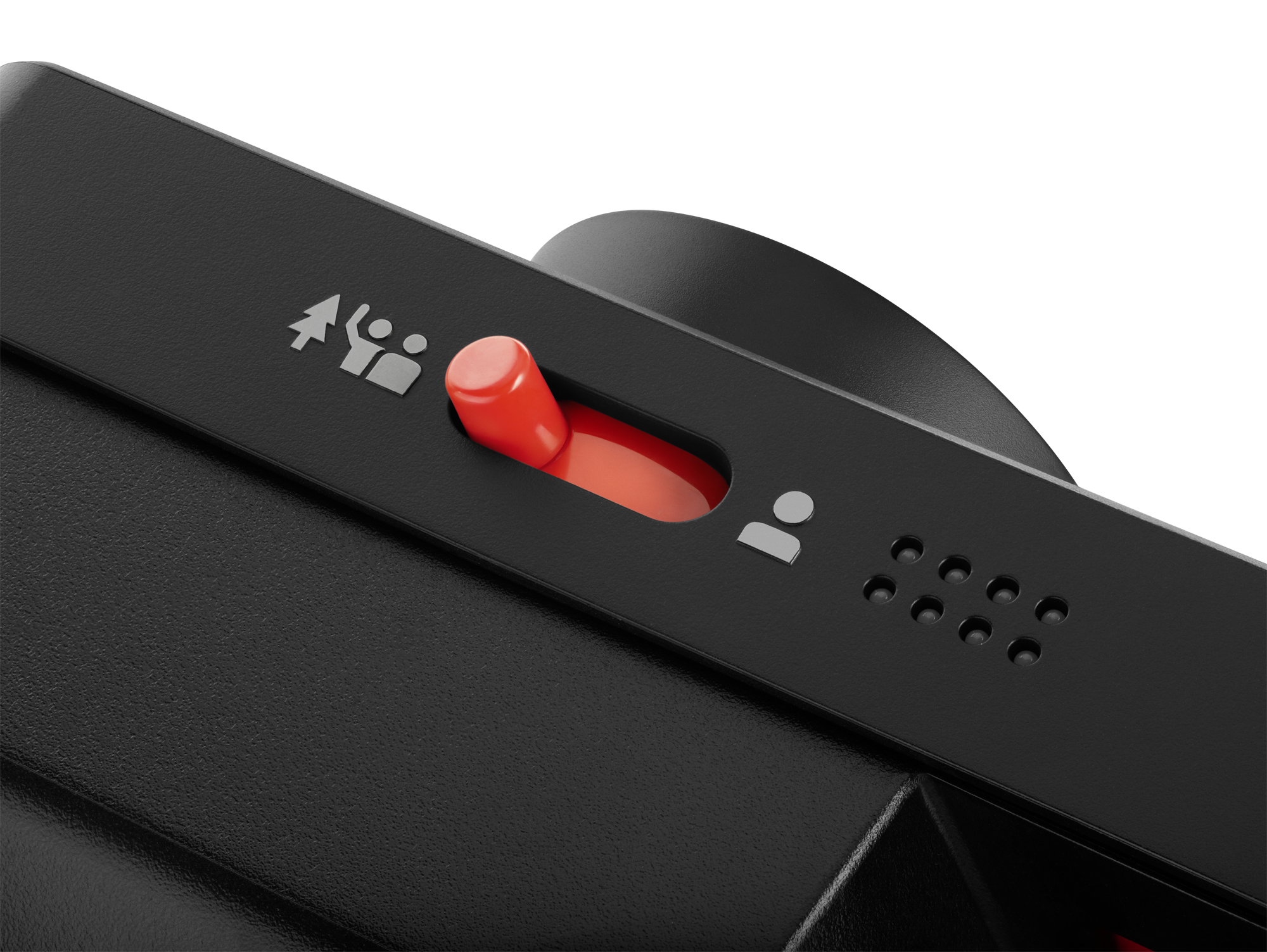
Polaroid Originals OneStep+
Specifications
Reasons to buy
Excitement abounded in the instant photography community when The Impossible Project bought the Polaroid name and announced the debut of Polaroid Originals, a new line of instant cameras harking back to that golden era. The OneStep+ is the second release, following the OneStep 2 (yes, we know it’s confusing). It’s pretty much the same deal as the previous camera, with Polaroid Originals making sensible refinements rather than reinventing the wheel – these chiefly being the addition of an 89mm portrait lens for people shots and the integration of Bluetooth connectivity, which not only allows for remote shutter control via a smartphone but also several new shooting modes. These include double exposures, light painting and even noise trigger, which allows you to trigger the shutter with a short, sharp sound such as a hand-clap. One of the most exciting instant cameras around, now improved and made even better, this is a no-brainer for any instant-photography fanatic.
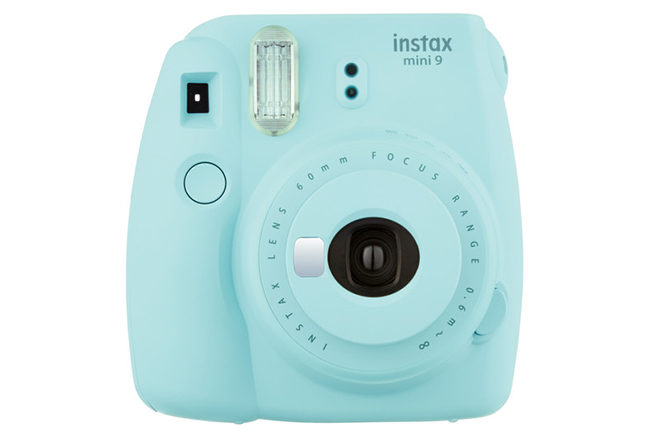
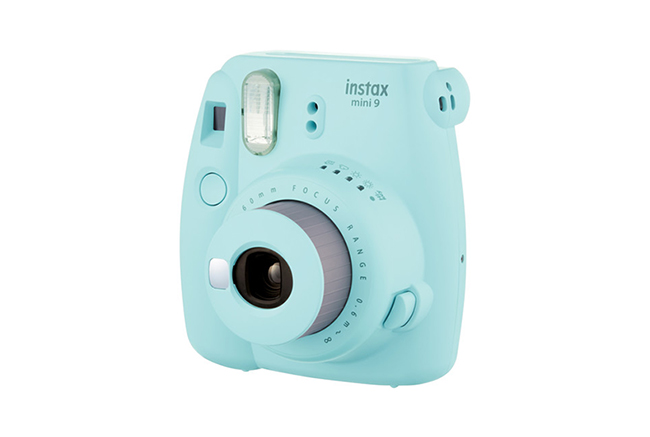
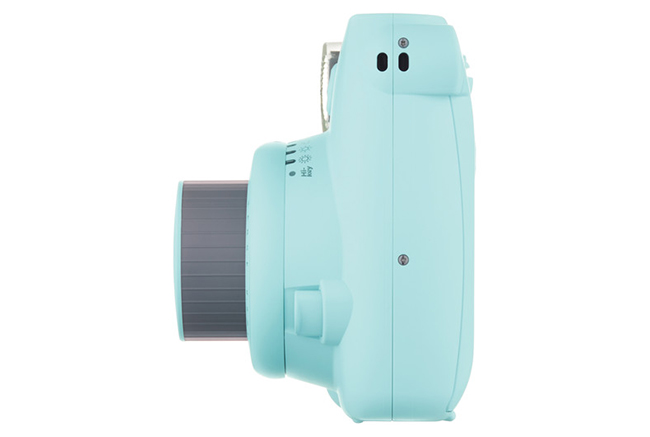

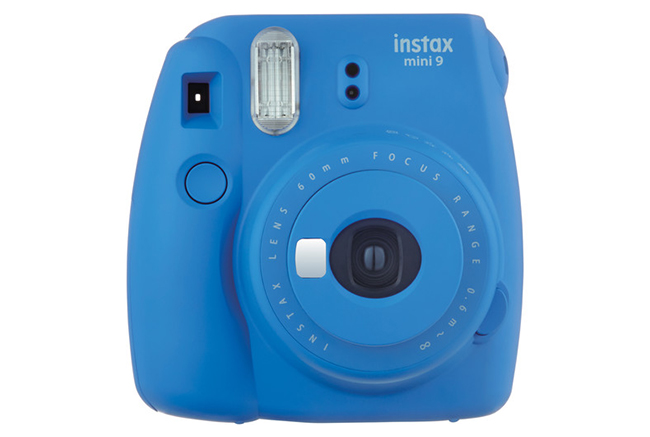
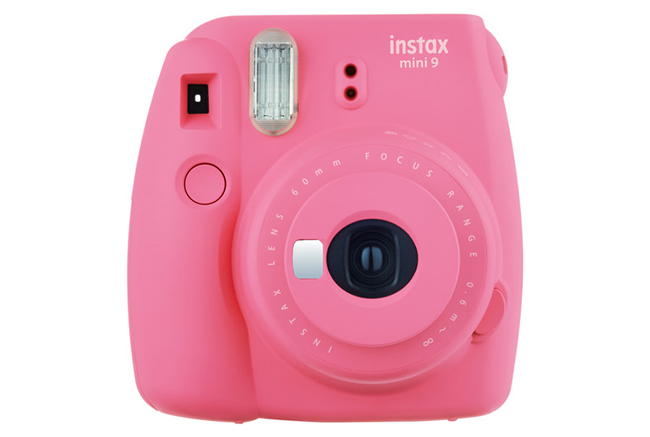
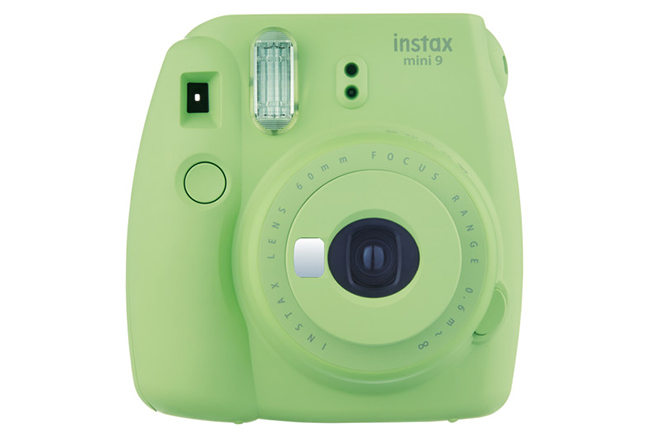
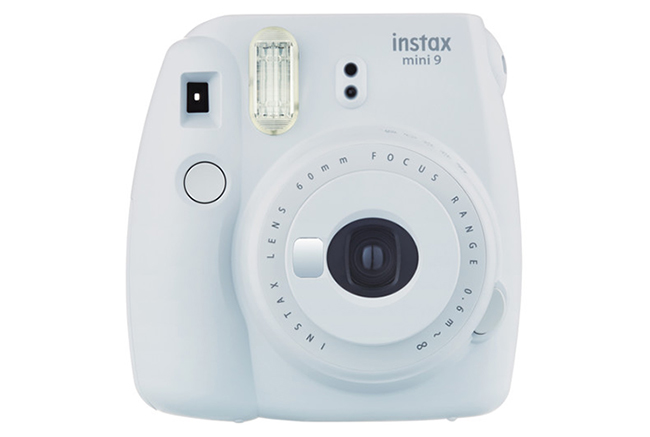
Fujifilm instax mini 9
Specifications
Reasons to buy
The Fujifilm instax mini 9 is an approachable instant-print camera. Powered by two AA batteries, it's at the cheap and cheerful end of instant photography, but its lack of sophistication is hardly a negative – here it just widens its possible audience, and families with kids in particular will find this an ideal fit. Despite the plastic build, big buttons and bright colors offer both visual appeal and simplicity for the small fingered, with the end reward being credit card-sized prints 54x86mm in size. A built-in flash that fires every time and front mirror aid ‘selfie’ snaps (though this also has a bleaching effect) while powering up comes courtesy of a convenient button by the lens. Shooting modes are selected with a turn of the camera’s lens ring and helpfully are illuminated when in use. Close-ups of 35cm away from the subject are also possible. Simplicity is the watchword here, with operation being point and shoot.
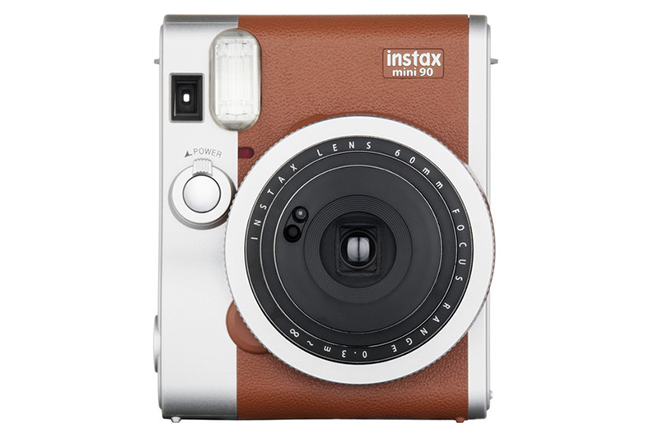
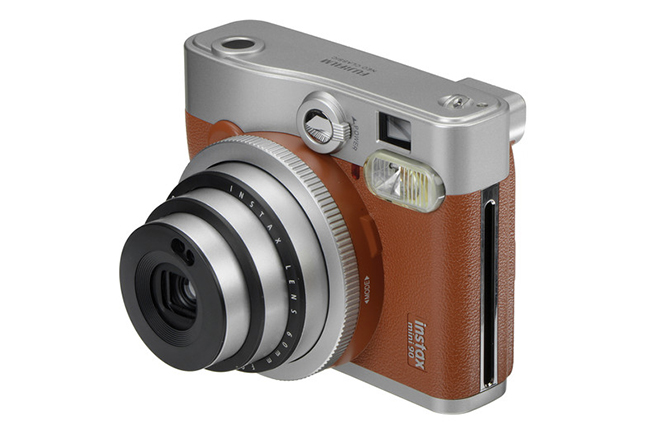
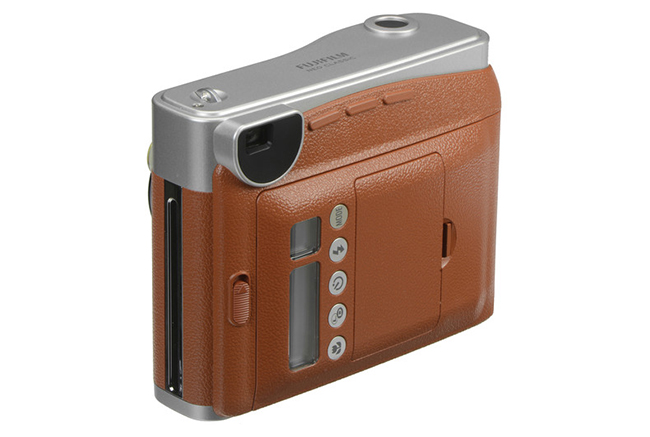
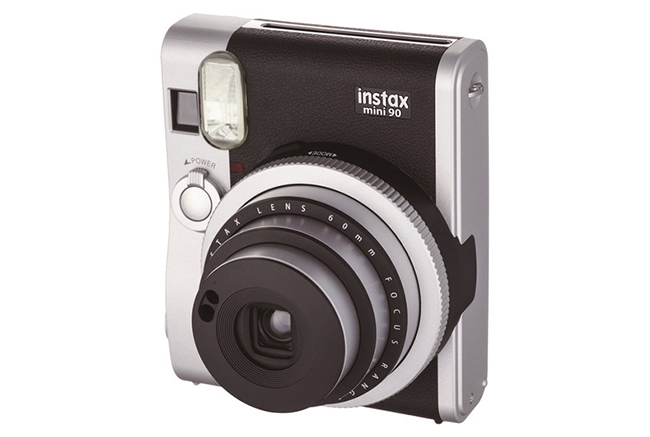

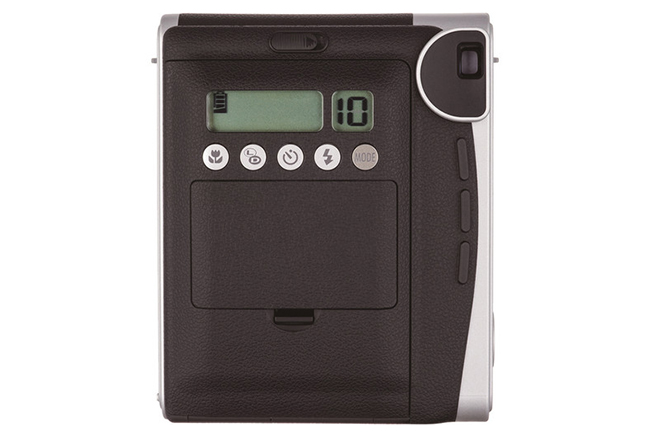
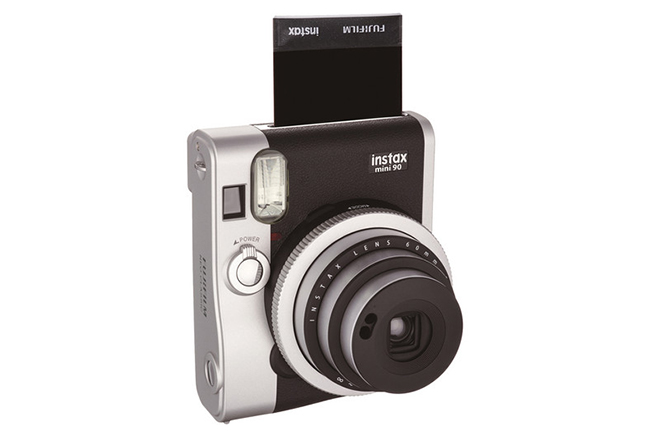
Fujifilm instax mini 90 NEO CLASSIC
Specifications
Reasons to buy
Reasons to avoid
Available in brown or black (the version we had to review), the Fujifilm instax mini 90 NEO CLASSIC is notable for being Fujifilm’s only instant camera to handily come with a rechargeable battery, which the company claims will last as long as 10 (credit card-sized) film packs. With retro styling, it feels like it's pitched at the photo enthusiast, with some manual control over exposure and even the option to disable the built-in flash if you feel pictures are too bright. A double exposure mode extends creativity options for the curious, although results can be a bit hit-and-miss here, as does a shutter-release button above its lens, which doubles up as a selfie mirror (another shutter-release button is in the usual top-plate location). The advantage here over a cheaper instant-print camera is an LCD strip at the back revealing your chosen settings. As usual, the viewfinder is tiny but adequate for purpose, while the faux leather finish to the bodywork adds a splash of style.
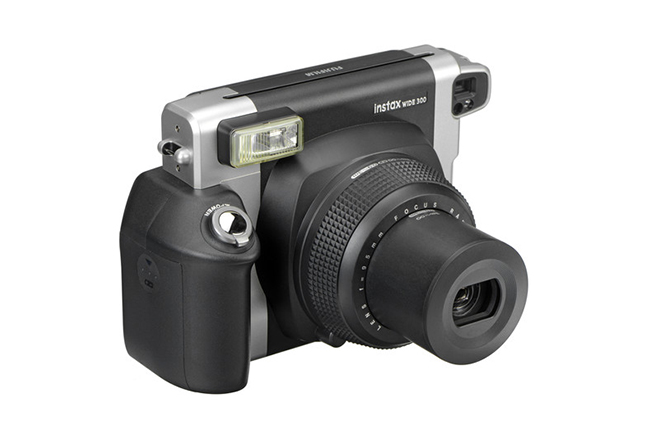
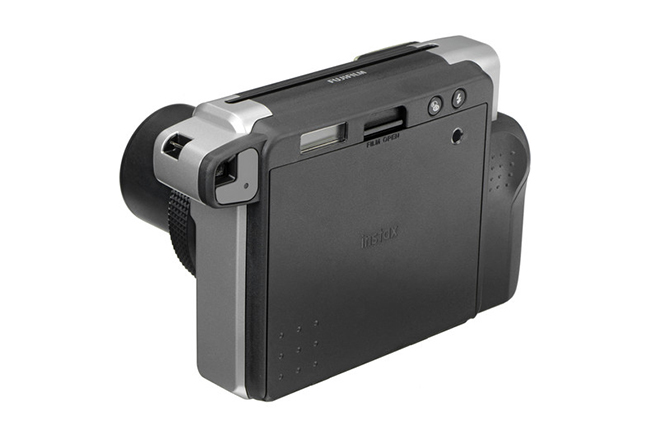
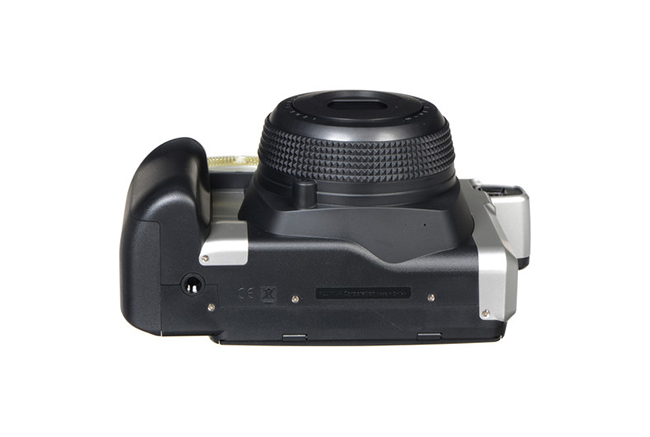
Fujifilm instax WIDE 300
Specifications
Reasons to buy
Powered by four AA batteries rather than the usual two, the Fujifilm instax WIDE 300 is the big daddy of the instax print camera range. It's practically medium format camera-like heft enables it to deliver larger prints (it uses instax WIDE films packs rather than instax mini) that more closely resemble standard print dimensions. Its chunkiness means it's not really practical for selfies, yet its plastic build is lighter than you’d imagine. A lever that encircles the shutter-release button on its bridge-camera-style handgrip powers this one up and extends its 95mm lens, while the built-in flash is similarly huge (and automatic, save for a fill-in option). With prints emerging from the slit in the camera’s top plate, the only thing small here, oddly, is the left-of-center viewfinder, which could have been larger. Though control is limited to adjusting brightness and flash, if you want instant prints closer to the dimensions of ‘proper’ photographs, this is the best option for you.
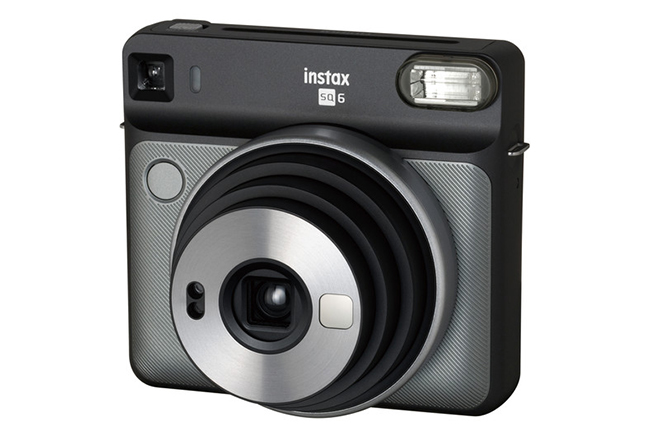
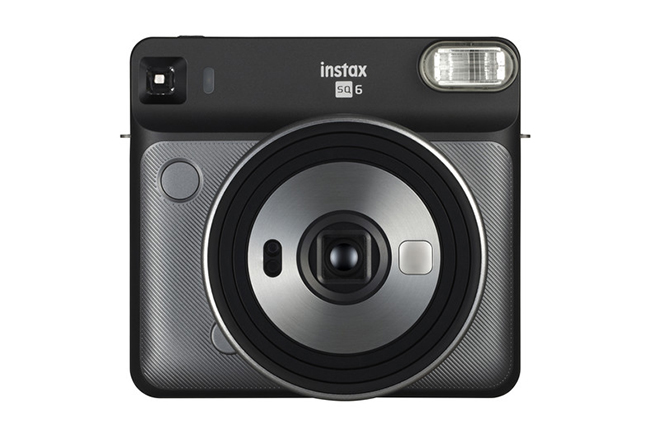
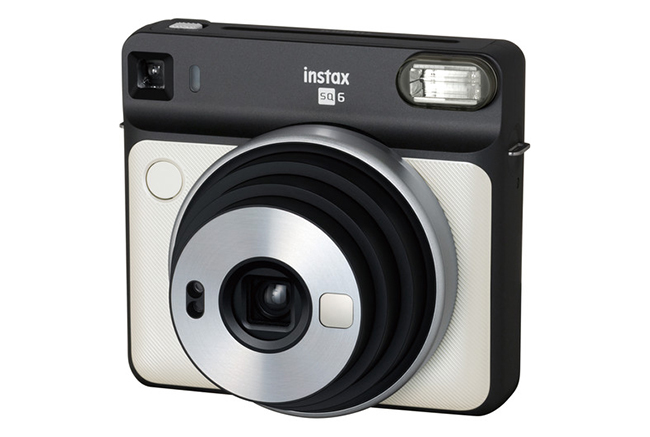
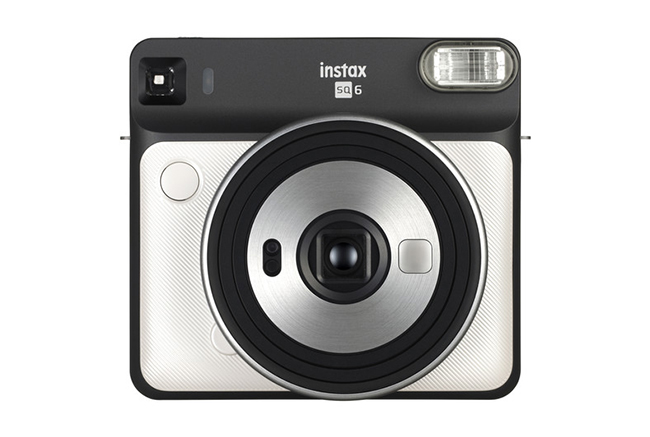
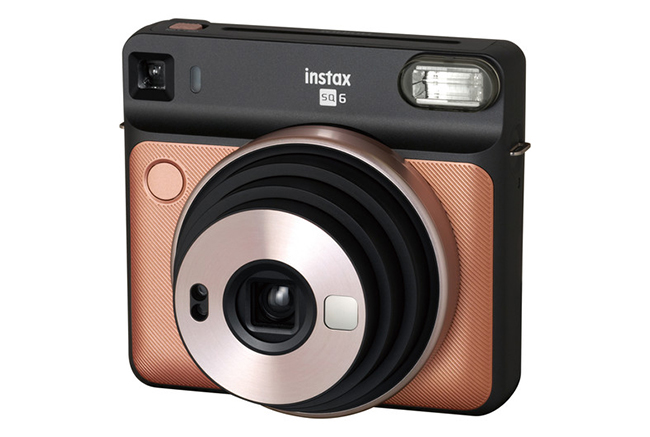
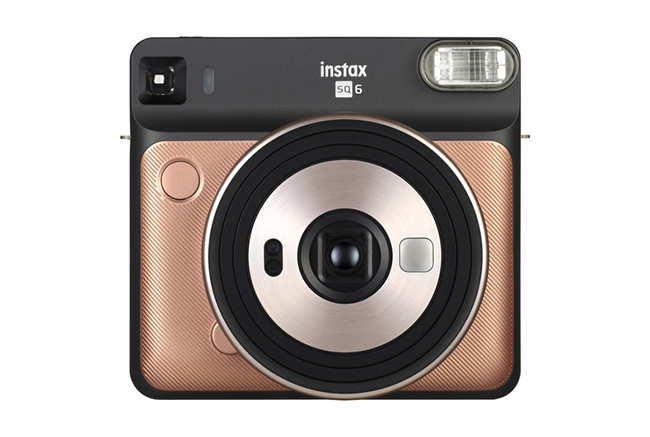
Fujifilm instax SQUARE SQ6
Specifications
Reasons to buy
The Fujifilm instax SQUARE SQ6 is powered by two small CR2 lithium batteries (included) that the makers claim will last a whopping 30 film packs, of 10 shots each. Looking to seduce hitherto smartphone-snapping fans of photo-led app Instagram, this camera apes the style of the latter’s logo and offers 1:1 square-format imagery, while retaining its analogue workings. Again, we get a selection of body colors and a selfie mode, plus three-color filters that attach to the flash, along with double exposure, macro and landscape modes. Unsurprisingly, the camera uses special Fujifilm SQUARE film, which provides a central image size of 6.2x6.2cm. As with most film-based instant cameras, results appear a little bleached compared with a digital shot, but if you’re trying to tear your teenager away from their phone to engage with the real world, you could do worse than offer up the SQ6.
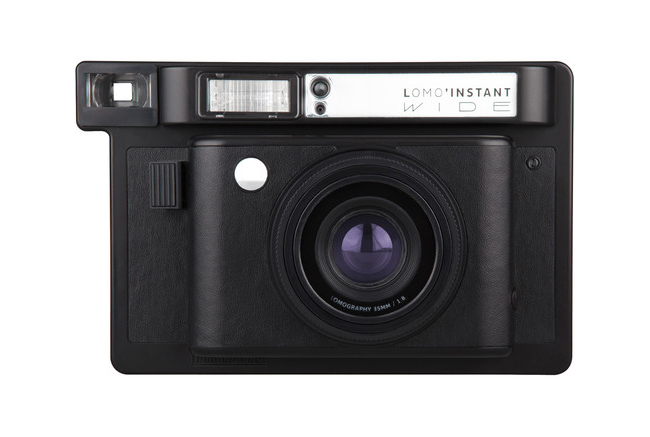
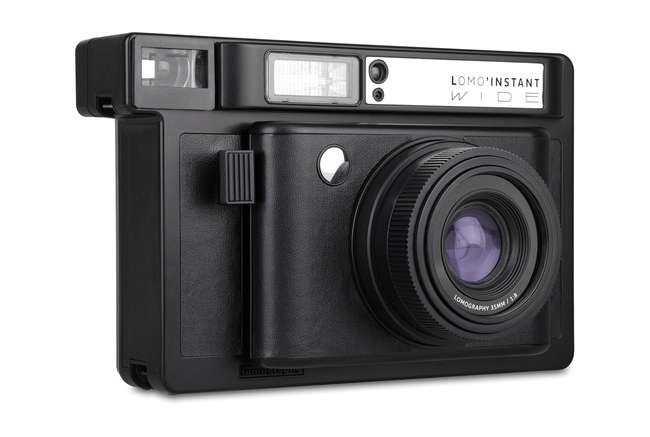
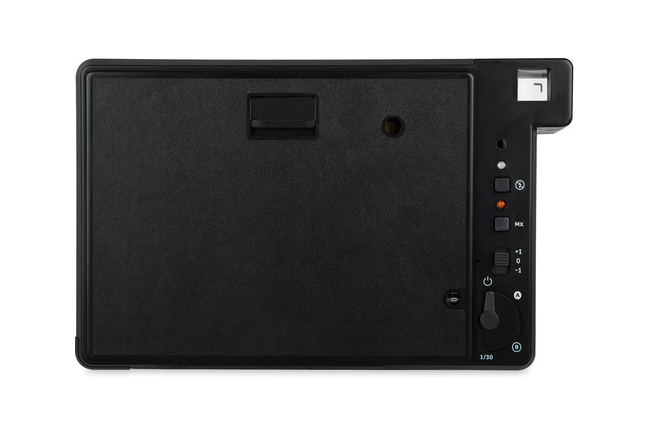
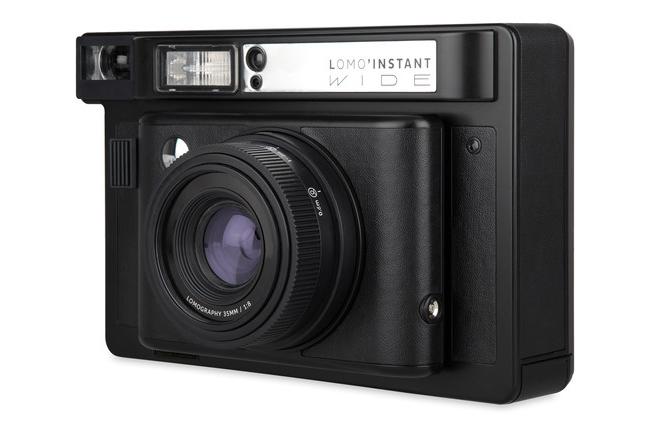
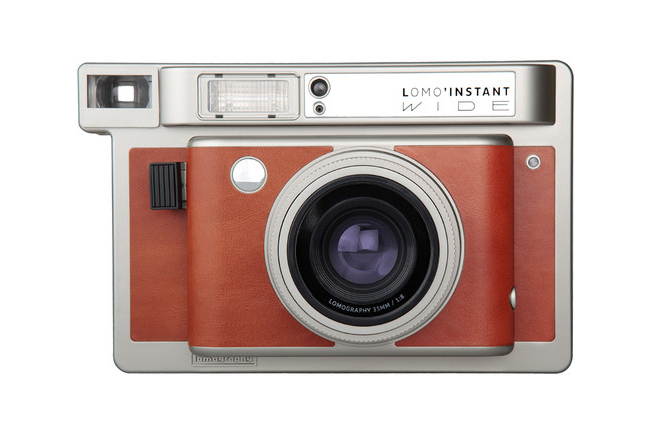
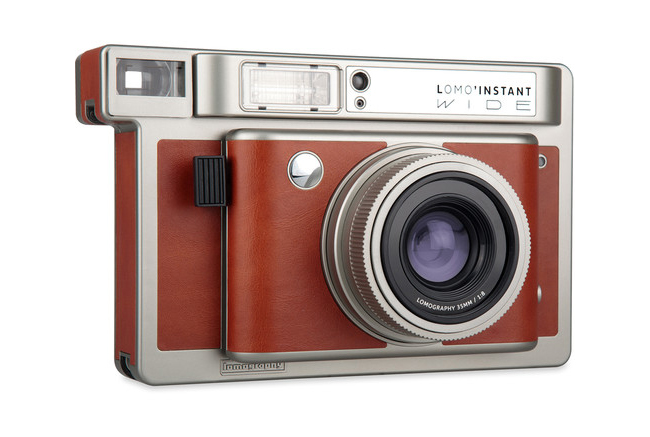

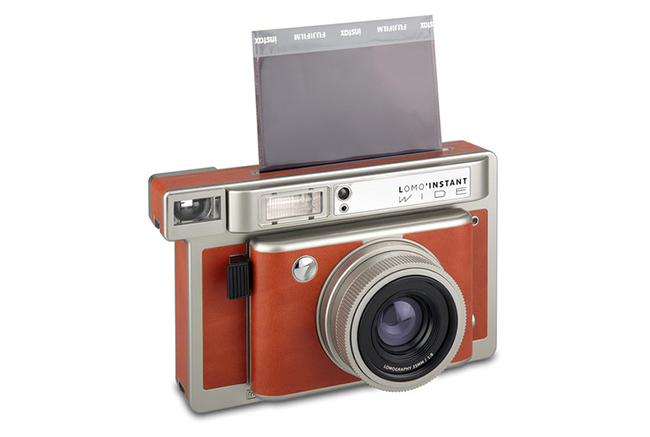
Lomo'Instant Wide
Specifications
Reasons to buy
The Lomo'Instant Wide is the closest competitor to the Fujifilm's instax WIDE 300. Thanks to the wider format prints it emits and the four AA batteries that power it, it has a similar heft and bulk to that camera, although the Lomography version has the viewfinder on the opposite side of the body. This instant-print camera is also heavier in the hand and boxier than its Fujifilm twin. It seems to have been deliberately designed to resemble a device that has been in storage since the 1970s or 1980s, such as a mobile phone the size of a brick. With the bulk obviously dictated by the size of the film it has to hold – helpfully Fujifilm's instax WIDE film packs – it’s all a bit Heath Robinson, though there are dedicated buttons for disabling the flash and swapping exposure between +/- 1EV. Images come out best with exposure dialed down and flash disabled. It features a selfie mirror on the front and a large ridged lever for the shutter-release button, with a lens ring that allows you to dial in the focus distance between 0.6 meters and infinity. Interestingly its lens cap multitasks: it houses a CR2025E lithium cell that cleverly enables the lens cap to double up as a remote control.
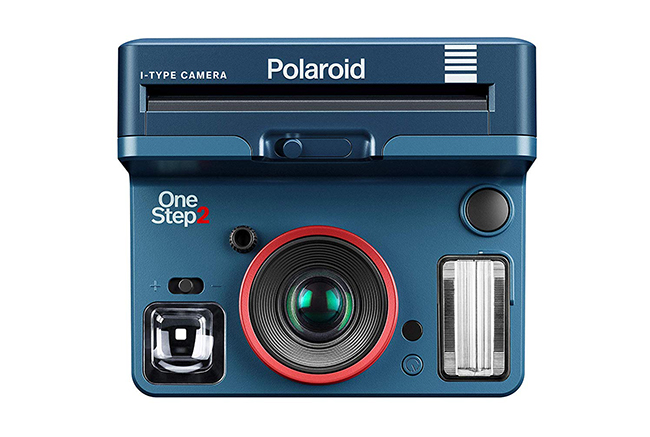
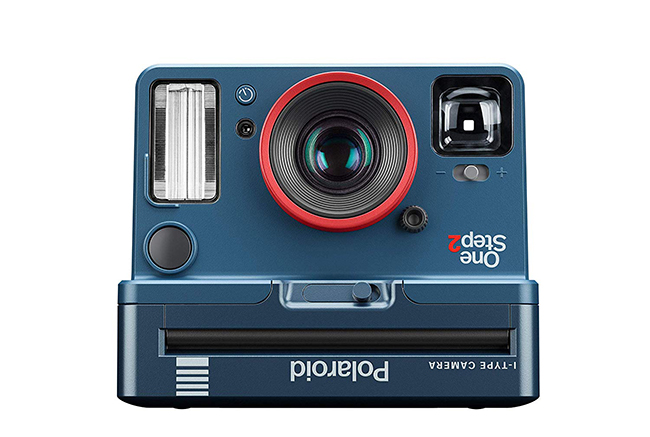
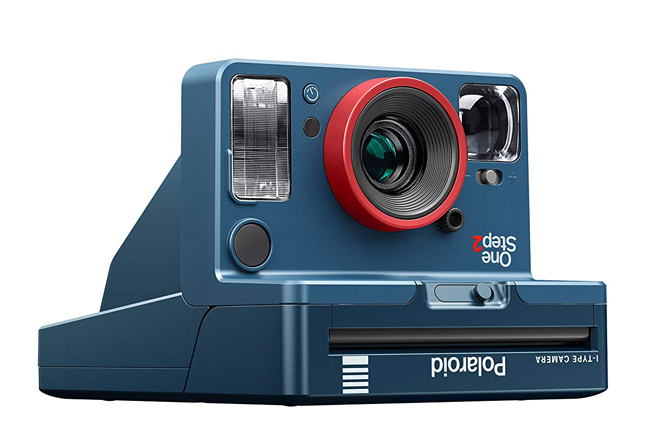
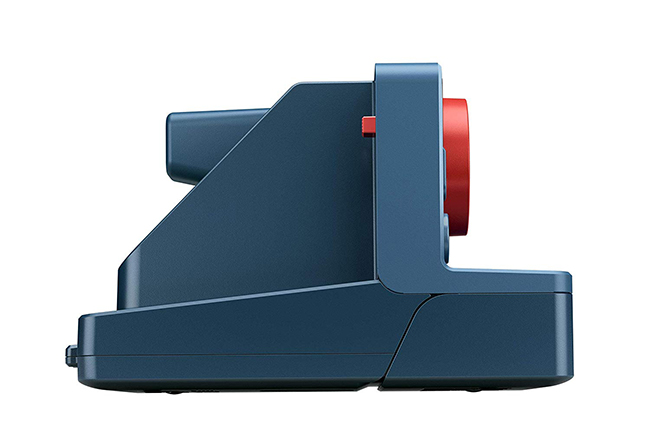
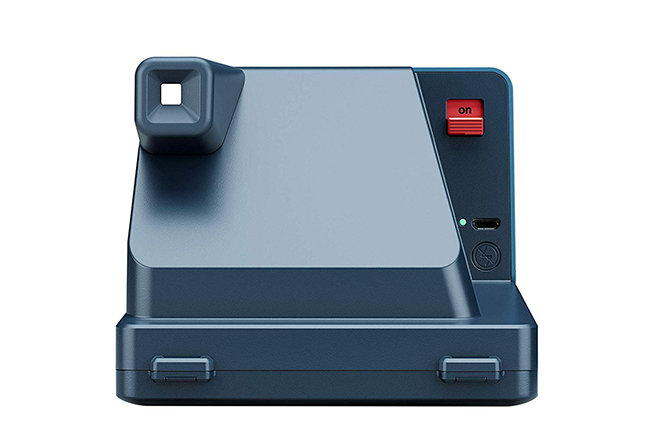
Polaroid Originals OneStep 2 Stranger Things Edition
Specifications
Reasons to buy
While it lacks the bells and whistles (that being the extra portrait lens and Bluetooth functionality) of the OneStep+, this special edition OneStep 2 has one thing that its bigger brother lacks: the super stylish Stranger Things branding and retro colorway. With a blue-and-red design that's straight out of the Eighties, the Polaroid Originals OneStep 2 Stranger Things Edition would look right at home in Hawkins – and even more so in the Upside Down, since all the logos are literally upside-down, echoing the demonic alternate reality of the hit Netflix show. Even the instructions on the bottom of the camera instruct you on how to use it to fight Demogorgons, and it bears the Hawkins National Laboratory manufacturer's mark. You can even purchase special edition Stranger Things i-Type film! Of course, underneath all the flourishes, it's regular OneStep 2 camera – which is a great Polaroid camera that produces great photographs, so this is worth a look even if you're not a fan of the show.
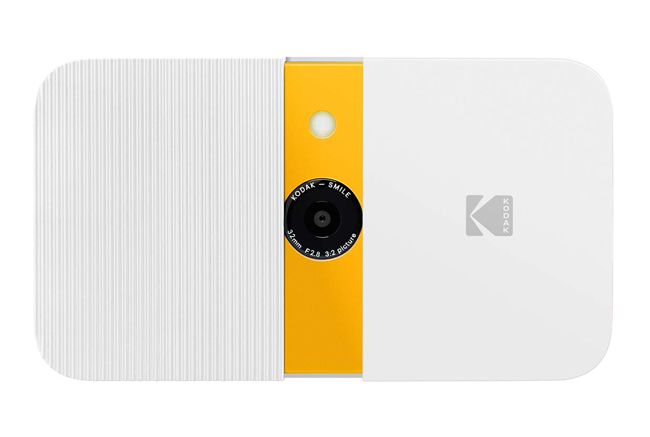
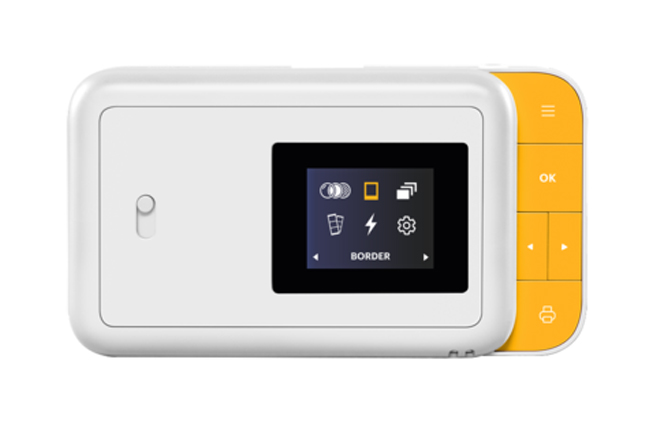
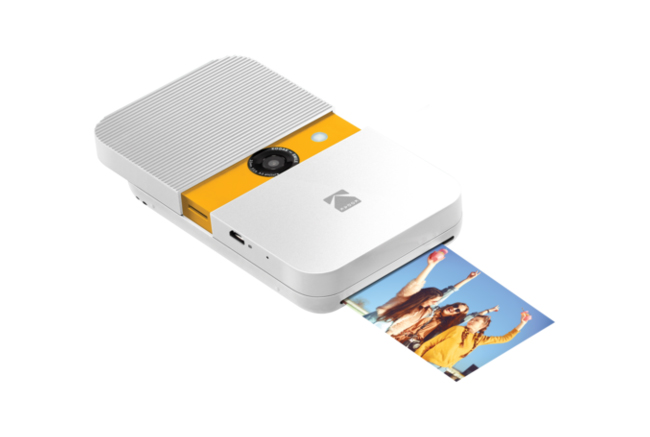
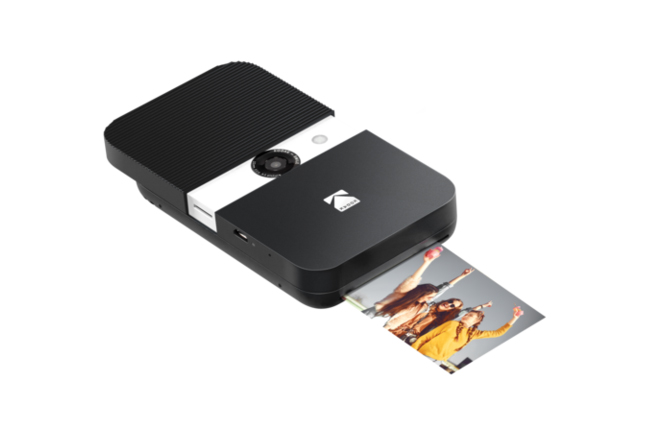
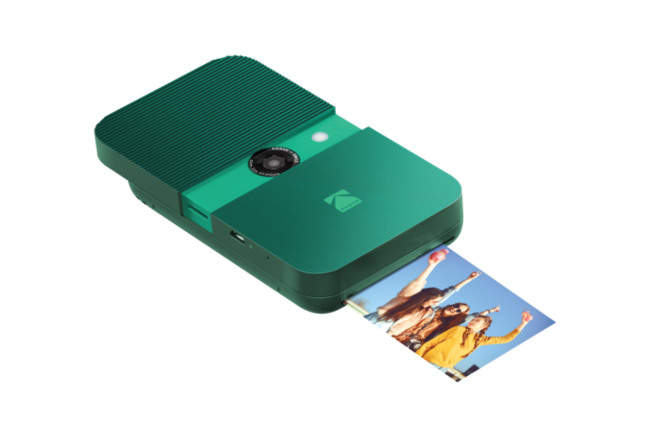
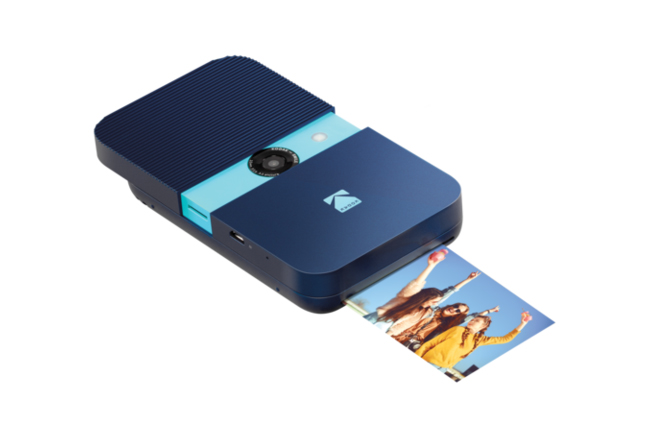
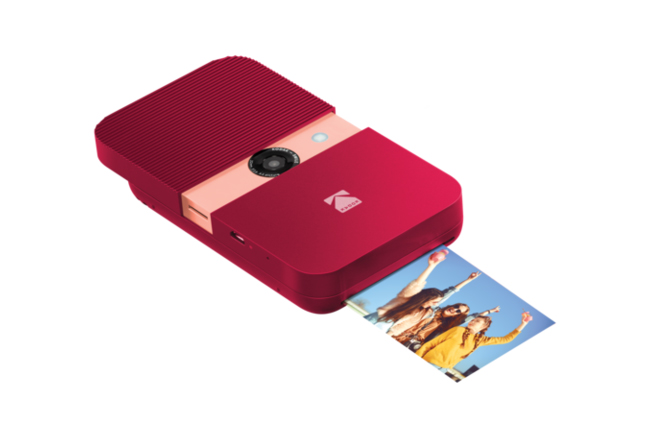
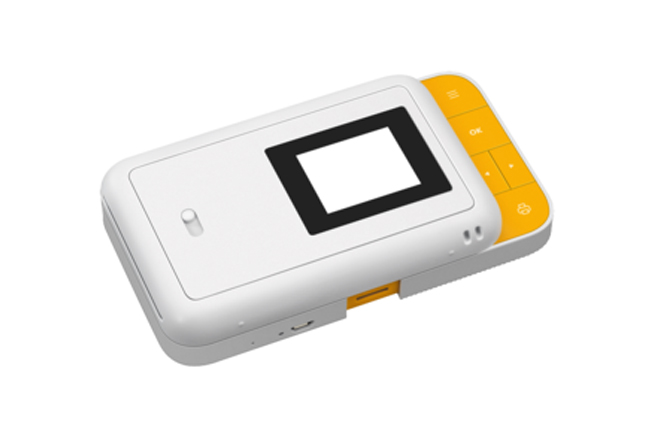
Kodak Smile Instant Print Camera
Specifications
Reasons to buy
The Kodak Smile Instant Print is a slim-as-a-smartphone instant camera that sports a sleek design, and uses ZINK (zero ink) technology. It's essentially a miniature printer with a lens, producing 2x3-inch sticky-backed prints. Inside the camera is a relatively humble 5MP sensor (up to 10MP through interpolation), though for images this size you don't need all the resolution in the world. Ultimately the pictures it produces look more like printer images than they do instant photographs – not necessarily a negative, but they don't possess the same magic as instant film. The ability to add up to 256GB of microSD memory means that you can snap to your heart's content, then cherry-pick the images that you want to print. The integrated battery keeps the camera nice and svelte, though you only get around 40 prints per charge – a far cry from the 120-160 shots you get from Polaroids. The LCD screen is definitely on the basic side, too, so don't go expecting the same kind of fidelity as in your traditional DSLR or mirrorless screen.
Get the Digital Camera World Newsletter
The best camera deals, reviews, product advice, and unmissable photography news, direct to your inbox!
Gavin has over 30 years’ experience of writing about photography and television. He is currently the editor of British Photographic Industry News, and previously served as editor of Which Digital Camera and deputy editor of Total Digital Photography.
He has also written for a wide range of publications including T3, BBC Focus, Empire, NME, Radio Times, MacWorld, Computer Active, What Digital Camera and the Rough Guide books.
With his wealth of knowledge, Gavin is well placed to recognize great camera deals and recommend the best products in Digital Camera World’s buying guides. He also writes on a number of specialist subjects including binoculars and monoculars, spotting scopes, microscopes, trail cameras, action cameras, body cameras, filters and cameras straps.

